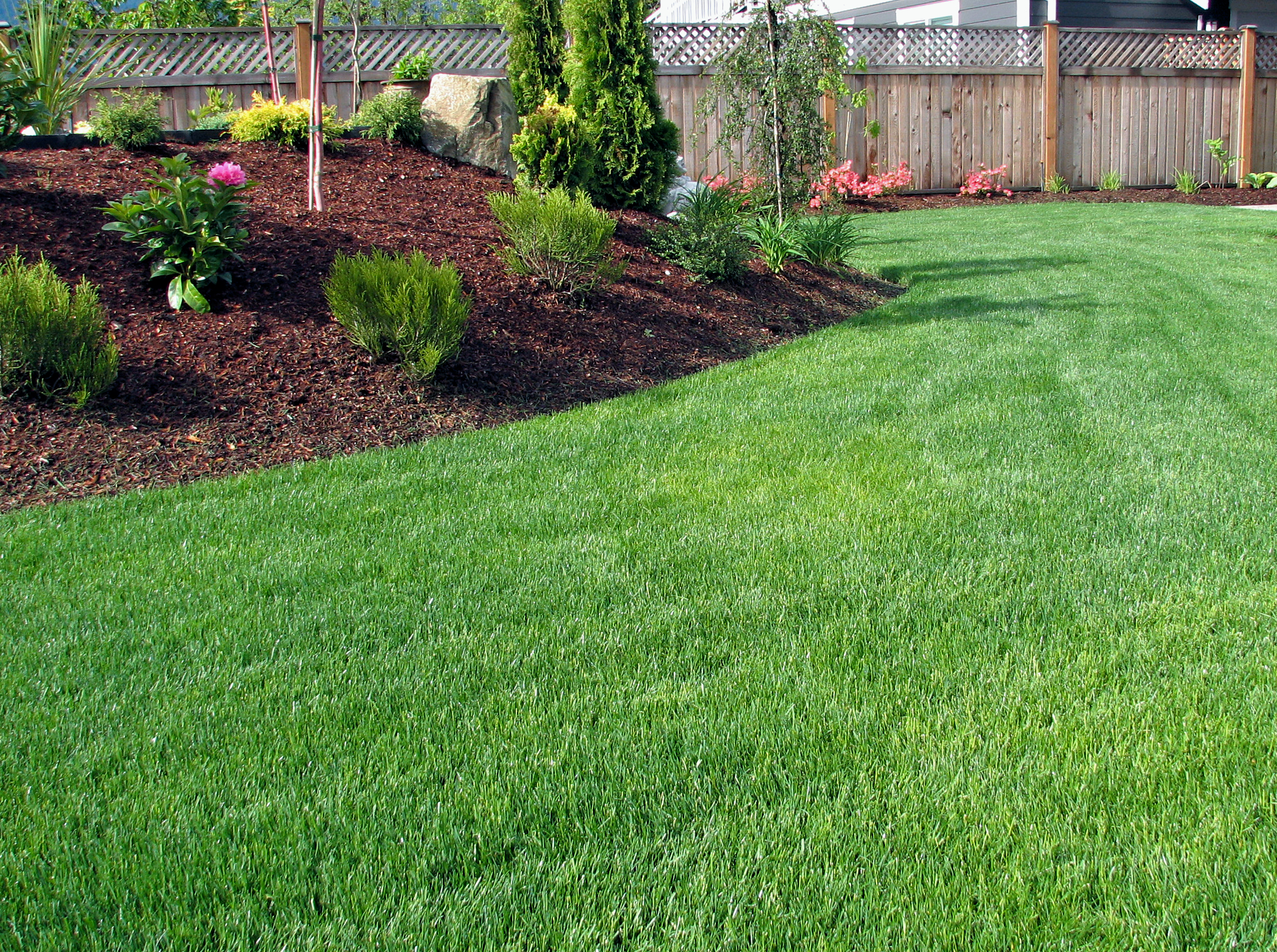Aerating your lawn can significantly enhance its health by allowing nutrients, air, and water to penetrate the soil. After repeated lawn mowing, the soil can become compacted, leading to the buildup of grass clippings, known as thatch. When thatch accumulates, your grass may suffer and become thin, hindering further growth. This expert lawn care tip will help you understand when aeration is necessary and how it can keep your lawn looking fresh and well-groomed.
Why Should You Aerate Your Lawn?
Aerating your lawn allows essential elements like water and nutrients to overcome compacted soil, revitalizing your yard. The aeration process involves puncturing the soil with small holes to facilitate the movement of air and nutrients, making it easier for your grass to absorb what it needs to thrive.
Many lawns can benefit from aeration. Here are some signs that yours may be one of them:
- Your yard experiences heavy foot traffic from people, pets, or vehicles.
- There's a significant buildup of thatch. Thatch naturally forms, but certain factors like over-watering, over-fertilization, and infrequent mowing can accelerate its accumulation. If your thatch layer exceeds 1/2 inch, aeration is recommended.
- Your neighborhood typically has heavy clay soil.
- You notice more puddles than usual after rainstorms.
- It's difficult to insert a stake or screwdriver into the soil.
Know When to Aerate Your Lawn
Determining the right time to aerate your lawn largely depends on the type of grass you have. This timing is vital for grass to produce energy through photosynthesis effectively. Aeration should occur when the grass has the most robust root growth, which varies for warm-season and cool-season grasses, especially in Texas.
- Aerating warm-season grasses is most effective when the weather warms up, typically in late spring or early summer.
- Aerating cool-season grasses is best done when temperatures cool down, generally in late summer or early fall.
- Though there is an optimal aeration window, core aeration can be performed at any time if your soil is heavily compacted or the thatch layer is excessive.
Timing is key; it is best to avoid periods of drought or heat waves. While aeration can help at any time, adhering to these guidelines will yield the best results. If your lawn suffers from significant thatch buildup or clay soil, Lawn & Landcare recommends scheduling core aeration one to two times a year to ensure your lawn effectively utilizes nutrients and water, which leads to a lush appearance. To learn more about our lawn aeration services in the North Dallas area, or to contact us for a free consultation, reach out today!


